Chandrayaan, which means "moon vehicle" in Sanskrit, was launched from the Satish Dhawan Space Center in Sriharikota, southern Andhra Pradesh, India at 2:30 p.m. on July 14 (local time). This is India's second attempt to land on the Moon after the failed Chandrayaan-2 mission in 2019.
The country's first lunar probe, Chandrayaan-1, was launched into orbit and then made an emergency landing on the Moon's surface in 2008. Developed by the Indian Space Research Organisation (ISRO), Chandrayaan-3 consists of a lander, a booster module and a rover. Its objective is to land safely on the Moon's surface, collect data and conduct scientific experiments to better understand the Moon's composition.
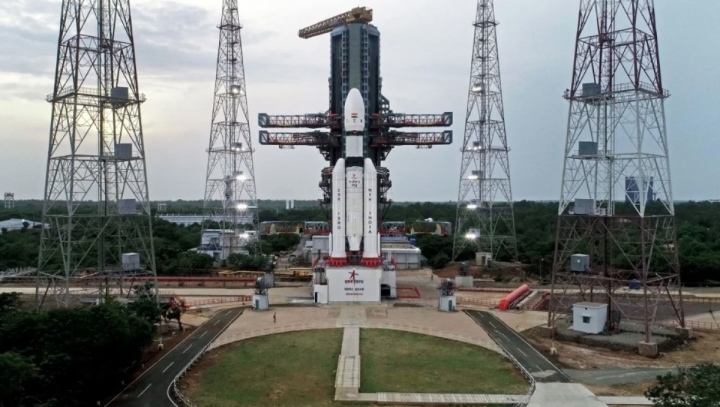
The Chandrayaan-3 spacecraft is about to be launched to the Moon. (Photo: EPA)
Only three countries have successfully performed a soft-landing mission on the surface of the Moon: the United States, Russia and China.
Indian engineers have been working for years on this Chandrayaan-3 launch. They aim to land Chandrayaan-3 near the unexplored South Pole region of the Moon.
India's Chandrayaan-1 spacecraft discovered water molecules on the surface of the Moon. Eleven years later, Chandrayaan-2 was successfully launched into lunar orbit but its rover crashed into the lunar surface.
At the time, Indian Prime Minister Narendra Modi praised the engineers behind the mission despite its failure, and vowed to continue to develop India's space ambitions and programs.
Before the Chandrayaan-3 spacecraft was launched on July 14, Prime Minister Modi commented: "This mission will carry the hopes and dreams of our country."
India has spent $75 million on the Chandrayaan-3 mission. Mr Modi said the rocket would travel more than 300,000km and reach the Moon in the “coming weeks”.
Kieu Anh (Source: VOV.VN)
Useful
Emotion
Creative
Unique
Wrath
Source










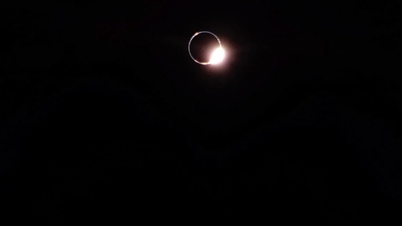





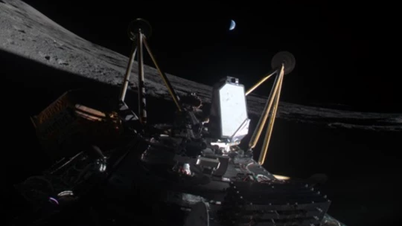










































































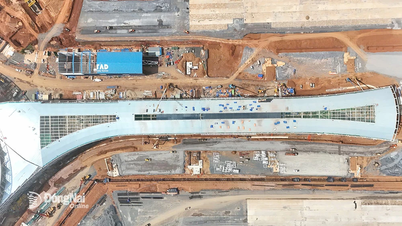










![[OCOP REVIEW] Tu Duyen Syrup - The essence of herbs from the mountains and forests of Nhu Thanh](https://vphoto.vietnam.vn/thumb/402x226/vietnam/resource/IMAGE/2025/6/5/58ca32fce4ec44039e444fbfae7e75ec)



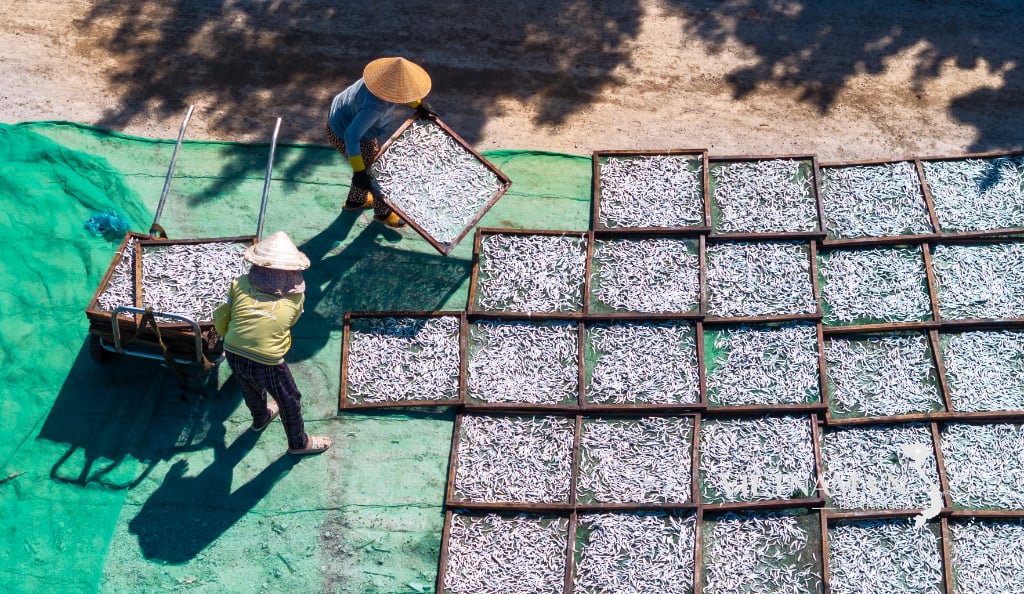

Comment (0)